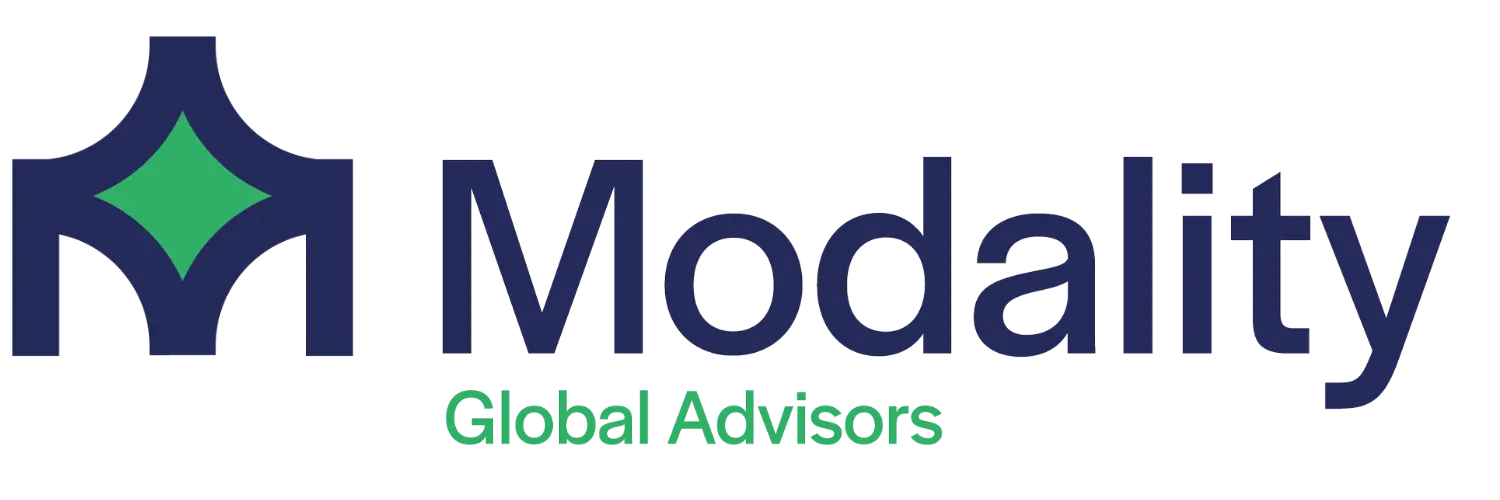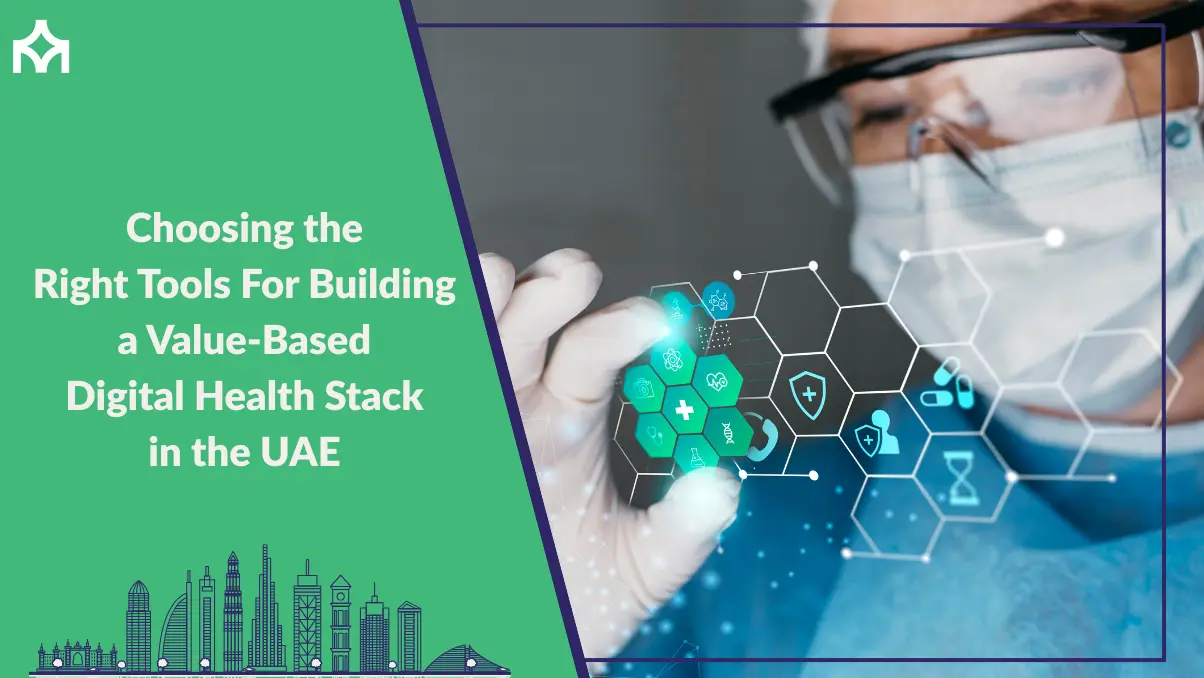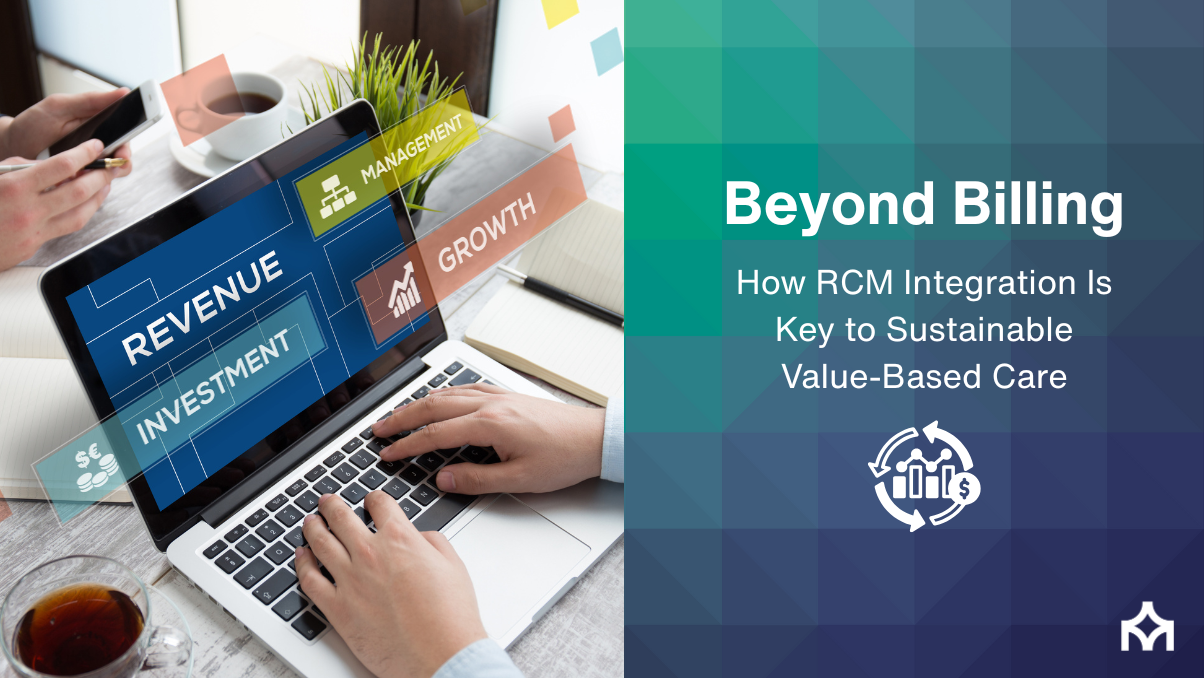Choosing the Right Tools For Building a Value-Based Digital Health Stack in the UAE
Designing a Value-Based Digital Health Stack for the UAE
As the UAE advances its healthcare transformation, digital innovation sits at the center of value creation. But building a cohesive, value-based digital health stack goes far beyond adopting the latest apps or devices. It requires a strategic selection of tools that work together to support data-driven care, patient engagement, operational efficiency, and measurable outcomes.
This article outlines how UAE healthcare organizations can evaluate, prioritize, and implement the right digital technologies to build a future-ready, patient-centered, value-driven stack.
What Is a Digital Health Stack?
A digital health stack is the suite of technologies, platforms, and tools that together form the digital foundation of a healthcare organization—spanning population health, acute care, and post-acute recovery.
- Electronic Health Records (EHRs)
- Patient engagement tools (portals, messaging apps)
- Telehealth and remote monitoring systems
- Clinical decision support systems (CDSS)
- Data analytics and dashboards
- AI-driven risk stratification and predictive modeling
- Interoperability and data exchange layers
Step 1: Align Tools with Value-Based Objectives
Every component should be tied to clear, measurable goals:
- Improve outcomes: clinical quality, safety, patient experience
- Reduce cost: readmissions, unnecessary tests, manual processes
- Advance equity & access: digital front doors, translation, mobile access
Step 2: Focus on Integration, Not Isolation
Avoid the “Frankenstack.” Prioritize open standards and seamless connections:
- Require FHIR / HL7 compliance and open APIs
- Ensure compatibility with UAE exchanges (e.g., Malaffi, Riayati)
- Favor vendors with proven native EHR integrations
Step 3: Prioritize Patient & Clinician Experience
For patients: mobile-first access, digital intake & self-scheduling, personalized engagement via AI messaging.
Step 4: Build Around Data
- Clean, consistent, structured data capture across settings
- Real-time KPI visualization and operational dashboards
- Predictive analytics and ML pipelines for proactive care
Vendors should show how their tools support longitudinal records and cross-system coordination.
Step 5: Ensure Scalability & Future-Readiness
- Cloud-native platforms that auto-scale and update
- Modular architecture for easy upgrades and replacements
- Support for AI, NLP, and edge computing integrations
UAE-Specific Considerations
- Multilingual, culturally sensitive UX design
- Compliance with UAE data regulations; alignment with Malaffi/Riayati
- Cross-border interoperability for medical tourism and international partnerships
Example: Mapping Stack Components to Value
| Component | Primary Value | Key Measures |
|---|---|---|
| EHR + Interop Layer | Single source of truth | Record match rate; data latency |
| Patient Engagement | Access & experience | Portal use; no-show rate; PROs |
| Telehealth & RPM | Continuity & equity | Readmissions; ED diversion |
| CDSS & Care Pathways | Quality & safety | Order set adherence; SSI rate |
| Analytics & AI | Proactive management | Risk capture; cost per case |
Conclusion
The UAE is poised to lead in digital health. Success depends on thoughtful stack design that blends technological excellence with cultural, regulatory, and clinical alignment. Choose tools that prioritize value, integrate seamlessly, empower users, and scale intelligently—and build a digital foundation that transforms outcomes for years to come.
Planning your digital stack? MGA can help align interoperability, analytics, and experience with UAE strategies. Contact hello@modalityglobal.com.






